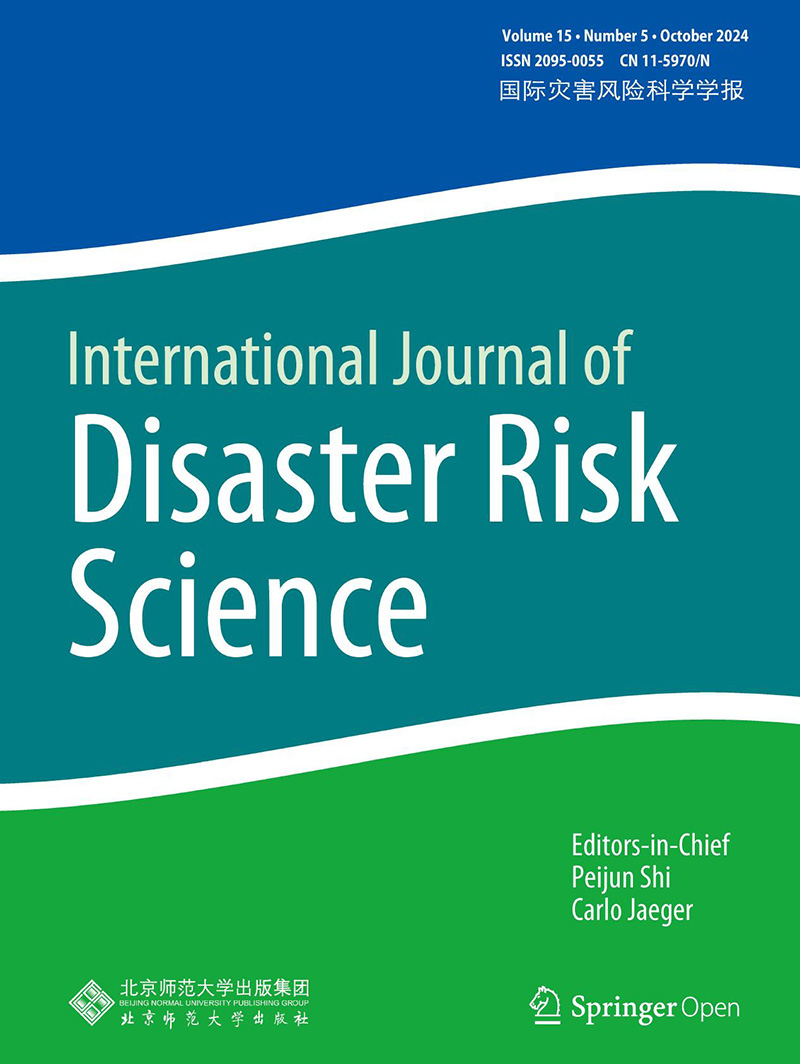2016, 7(3): 277-292.
doi: 10.1007/s13753-016-0095-4
Abstract:
A number of indices have been developed for measuring vulnerability to disasters, but little attention has been paid to recovery indices. Post-disaster periods are usually divided into four phases. The terms established by the United Nations Development Programme for post-disaster phases—relief, early recovery, recovery, and development—are used in this article. This research examines the hypothesis that the boundaries between post-disaster recovery phases are fuzzy and should be defined by the progress achieved in the recovery process, rather than by the amount of time elapsed since the event. The methodology employed involved four steps: fieldwork, mapping, identification of indicators, and assessment. The case study area was the city of L’Aquila in the Abruzzo region of central Italy, which was struck by an earthquake in April 2009. For each phase of the recovery process in L’Aquila a score was calculated based on the progress observed in 2016, 7 years after the earthquake. The highest score went to the early recovery phase (14 points), followed by the recovery phase (13 points), the development phase (12 points), and the relief phase (4 points). The results demonstrate the possibility of defining post-disaster recovery phases in an affected area based on measuring achievements through indicators rather than defining recovery phases in terms of elapsed time after a disaster.



